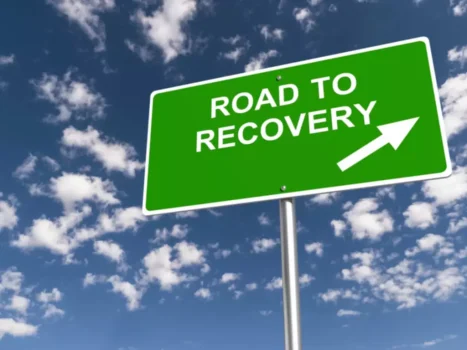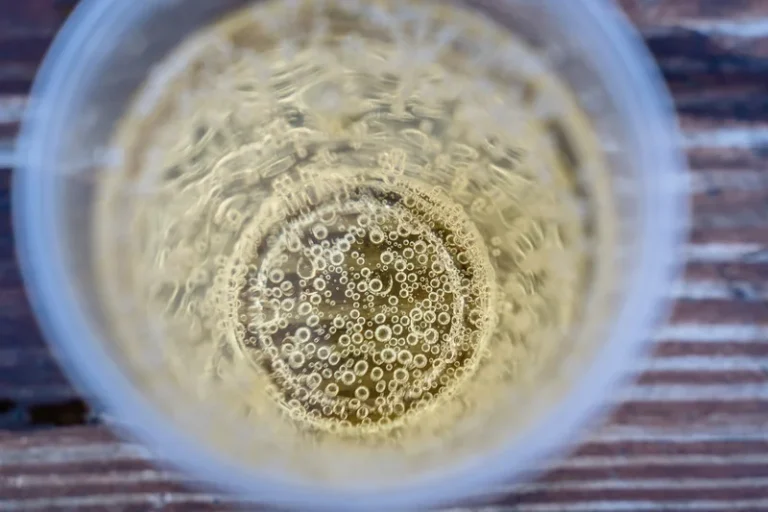
Drinking in moderation is considered to be consuming two drinks or less in a day for men and one drink or less in a day for women. Naturally, you may wonder how much alcohol you have to drink to get to that point. The answer depends on your sex, age, body mass, metabolism, the type of alcohol, and more.

Long-term effects and health risks of binge drinking
If you feel that you sometimes drink too much alcohol, or your drinking is causing problems, or if your family is concerned about your drinking, talk with your health care provider. Other ways to get help include talking with a mental health professional or seeking help from a support group such as Alcoholics Anonymous or a similar type of self-help group. Nine out of 10 binge drinkers aren’t dependent on alcohol, but doctors and scientists think they’re more likely to develop alcohol use disorder. Drinking too much has immediate effects that increase the risk of many harmful outcomes.
- This occurs when the level of alcohol in your bloodstream is so high that it creates a life-threatening situation.
- The evidence for moderate alcohol use in healthy adults is still being studied.
- That usually means four or more drinks within two hours for women and five or more drinks within two hours for men.
- People in farming communities are more likely to binge drink (consume alcohol at short-term risky levels) when compared with the general Australian population.
- „It’s more socially acceptable for women to drink excessively today than it used to be,“ he says.
Short-Term Health Risks
- Instead, the CDC defines it as a chronic condition, which means it’s a type of illness that’s persisting over a long period of time.
- The answer depends on your sex, age, body mass, metabolism, the type of alcohol, and more.
- Federal and state health agencies also offer resources and can refer you to someone who can help.
- Alcohol is widely used in social interactions but it can cause many health, social, and safety problems when not used responsibly.
If you’re a highly impulsive person, you may be more likely to reach for another drink without stopping to think about the consequences. If you’re the type of person who likes to seek out novel sensations and situations, you might also be more willing to engage in risky drinking habits. When you hear the term “binge drinking,” you may picture underage drinking at high school or wild college parties.

Effects of Alcohol, Binge Drinking & Withdrawal Symptoms Your Room
Binge drinking isn’t necessarily an indicator that you or a loved one has alcohol use disorder (also known as alcoholism), which is a dependency on alcohol consumption. Heavy drinking can even harm your baby before you know that you are pregnant. So, if you are planning a pregnancy, it is a good time to stop drinking alcohol or reduce the amount you drink. Binge drinking is not just a problem for teens and college students. Many people in the United States engage in this dangerous drinking habit. The bottom line is that alcohol is potentially addictive, can cause intoxication, and contributes to health problems and preventable deaths.

The CDC defines a binge-drinking episode as at least four drinks for women or five drinks for men within a two-hour period. This is enough to raise your blood alcohol level to .08, which binge drinking would result in impaired driving. Alcohol is a legal drug which has many short and long term side effects.

Other chronic diseases
The number of women who binge drink has steadily increased over the past decade, Dr. Koob says. The good news is that binge drinking can be prevented by adjusting your habits and being more intentional when you pour yourself a drink. Alcohol abuse is a serious public health problem & can affect relationships, mental wellbeing & even physical health.
